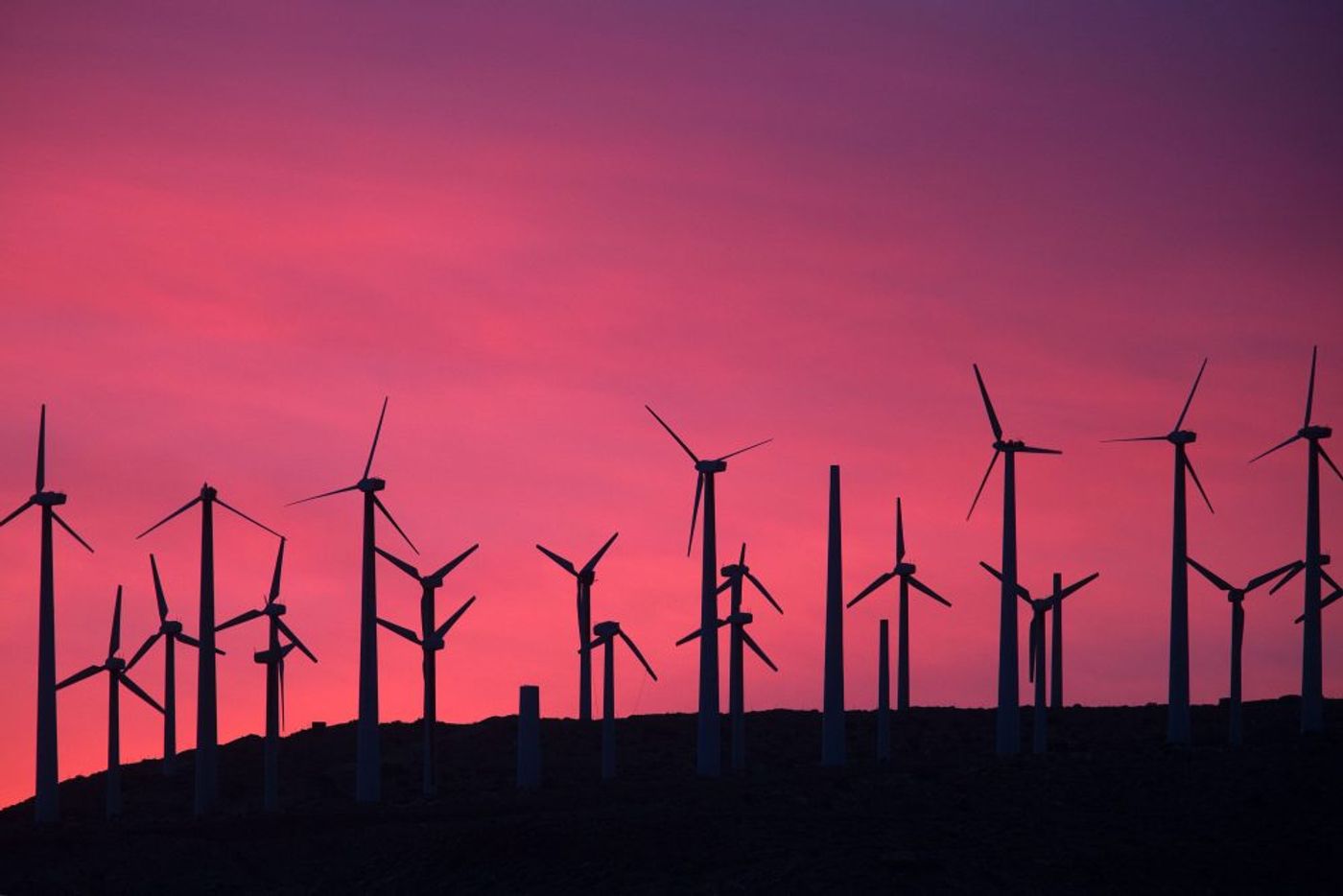How to recycle windmill blades
One hundred and seventy feet, 22,000 pounds per blade, three blades per wind turbine, that’s a lot of blade waste after their life has been lived.
What to do with the wind turbine blades when they are no longer capable of functioning efficiently is a hot topic, given that harnessing wind energy is still a relatively new technology. Several researchers are working on ways to recycle the materials so that the blades can stay out of landfills. WBUR interviews Karl Englund, a professor at WA State University, one of the researchers on the task. Englund points out that the larger wind farms throughout Texas, Oklahoma, Washington and California started in 2005-2007. The average lifespan of a blade is about 18 years, and so the first generation of blades are soon to be a problem for wind farms. England says that with companies trying to make even bigger blades, some reaching up to 180 feet, the costs to dump a blade into a landfill are exorbitant, and some landfills even flat out reject blade disposal. In Europe, most landfills do not accept blades.
The concern with this is noted in a research paper by global wind-service provider, DEWI, and quoted again in an abstract published by Cambridge University and posted on the European Wind Energy Association website: “Every kilowatt of wind power requires 10-kg WT blade materials, so predicted there will be nearly 50,000 tons of blade waste in 2020 rising to 200,000 tons in 2034. Currently, most waste is sent to landfill, which is not an environmentally desirable solution.” (Albers 2009) Following a study commissioned by Scottish Natural Heritage in 2013, they forecast a much higher number, predicting that 225,000 tons of rotor-blade material globally would need disposing of each year. So where will all this waste go then?
First let’s break it down (literally). According to Wind Power Engineering, “Most turbine blades are made from composites, materials joined for their complementary properties. Today’s wind-turbine blades are usually made of a glass or carbon fiber reinforcement in a polymer matrix. The composite is designed for optimal aerodynamic performance and lightweight durability. It is not designed for recyclability.”
However recycle is exactly what Professor Englund is trying to do. He explains that the blades are a mixture of glass fiber and wood, two materials which can be used for secondary products such as panels for the auto industry, fluorine industry, and fire retardants. Under Englund’s guidance WSU is currently working with Seattle-based Global Fiberglass Solutions (GFS) to recycle and manufacture composite fiberglass material from decommissioned blades.
According to Englund, fancy thermal or chemical treatments will only raise the cost of recycling. “If you’re going to use a bunch of chemicals or energy to make a product, it’s not going to be worth it,’’ he said in a news article on WSU’s website. “Any added energy, labor, and chemicals will significantly add costs to a material that is already considered a waste product.’’ GFS cut down turbine blades into palm-size pieces that WSU researchers refined and processed into new composite materials. After testing, the WSU team found that the materials held up well compared to many wood composites. A finished product from the recycled blades could have a variety of applications, from floor tiles to plastic road barriers.
BRIO, which belongs to the European LIFE+ programme, is another initiative that aims to create a new sustainable system to manage and recycle wind turbine blades. The long fibre recovered will be re-used to reinforce prefabricated concrete components, while the remaining blade material with insulating properties will be used in cores in multi-layer panels for construction purposes.
Currently, Germany maintains the world’s only industrial-scale factory for reprocessing turbine blades. Much like the researchers at WSU, this facility chops old blades up into chunks but then shreds and hammers them into fragments which are mixed in with other wet waste material and used as fuel at a cement-making factory.
In other uses, retired blades have also been re-conditioned for second-hand use into smaller community turbines, as well as for urban architecture and art.
Sources: WBUR, Wind Power Engineering, Community Research and Development Information Service









